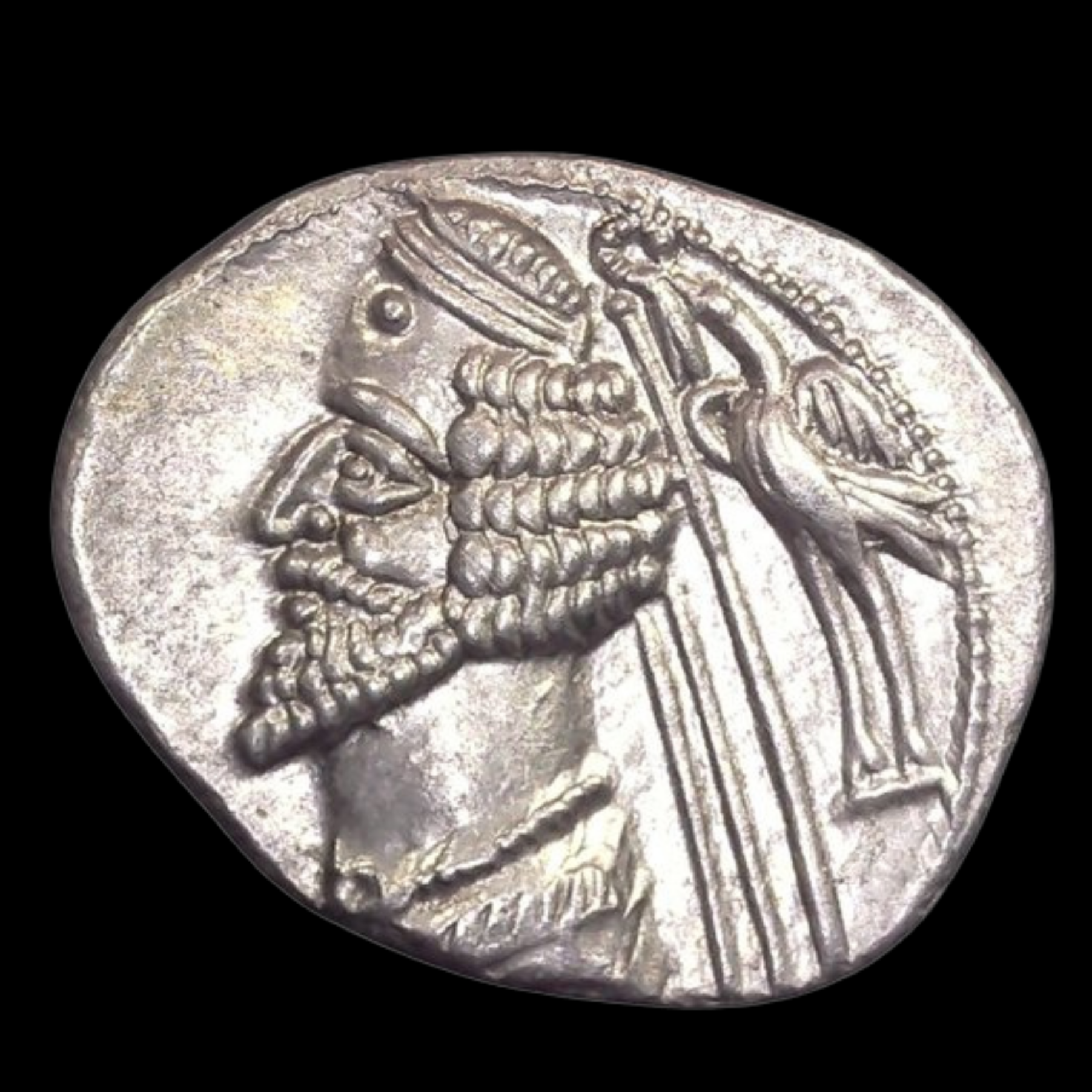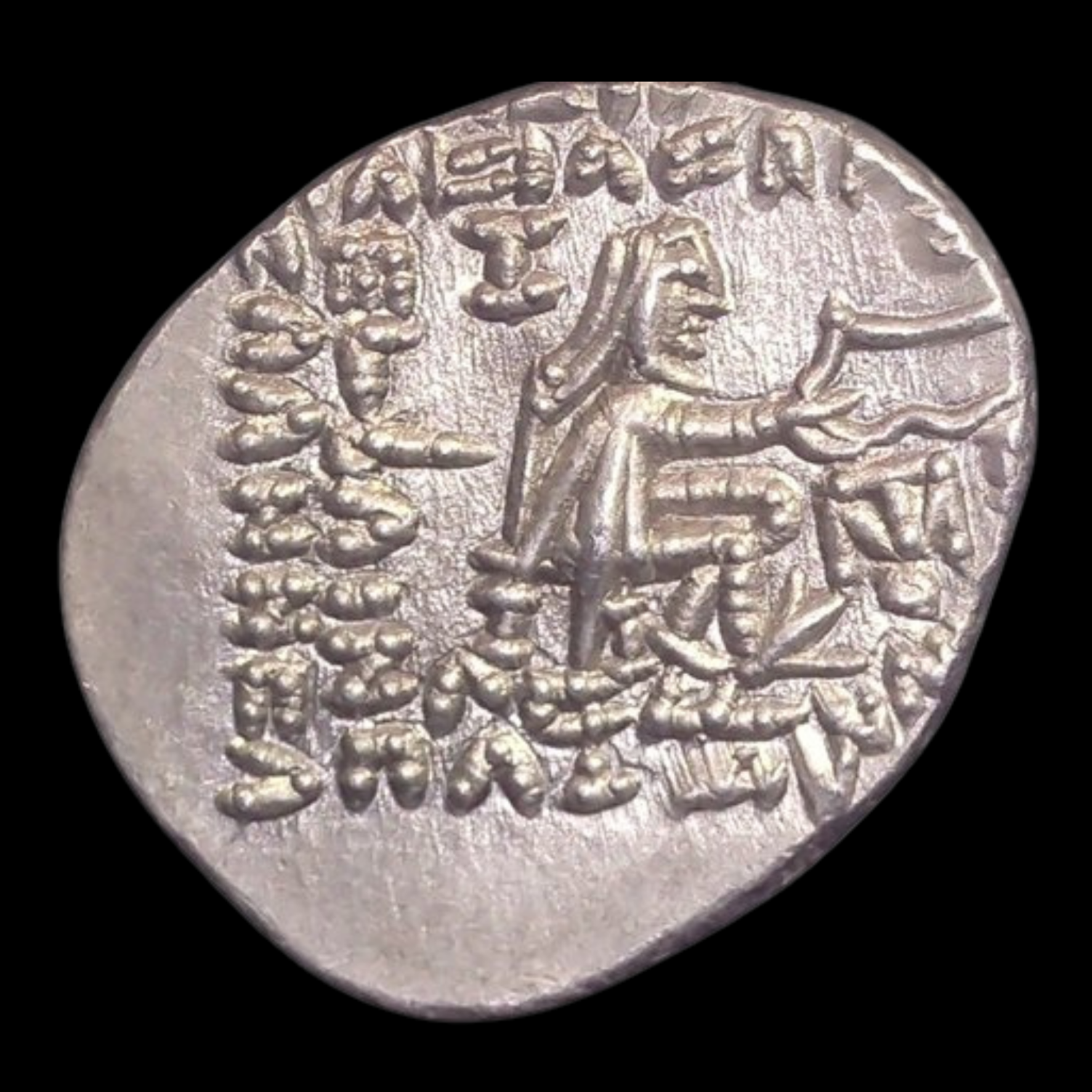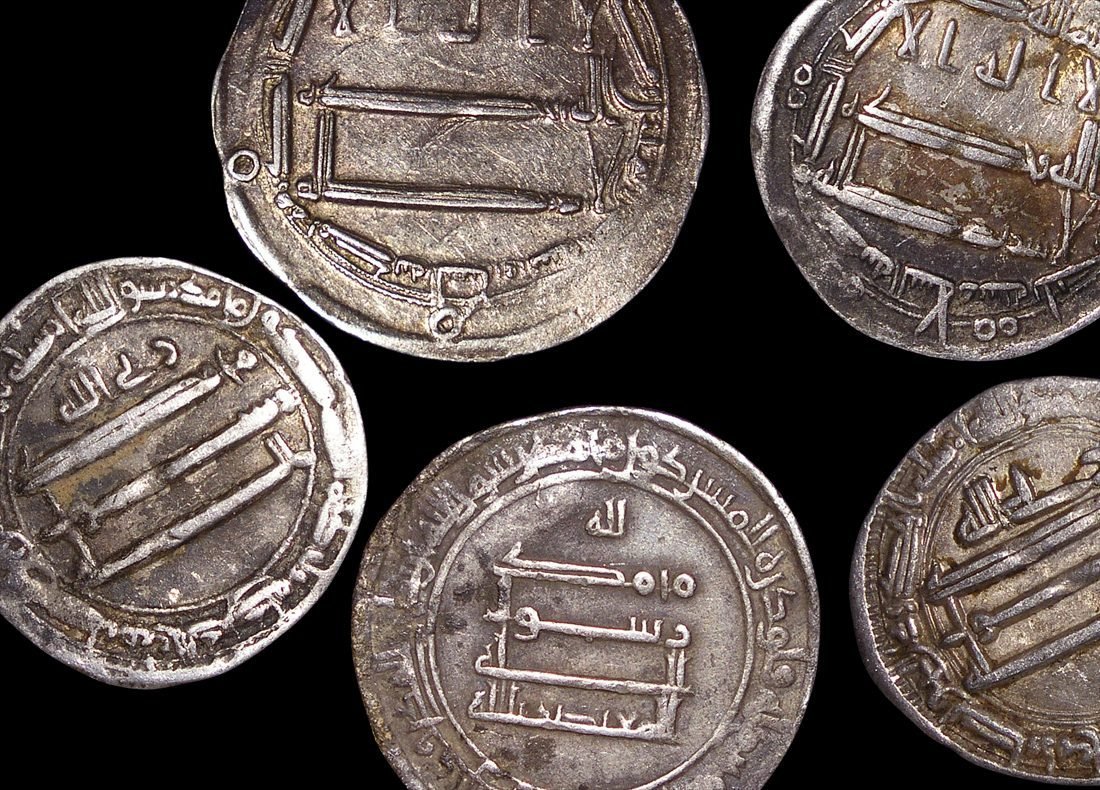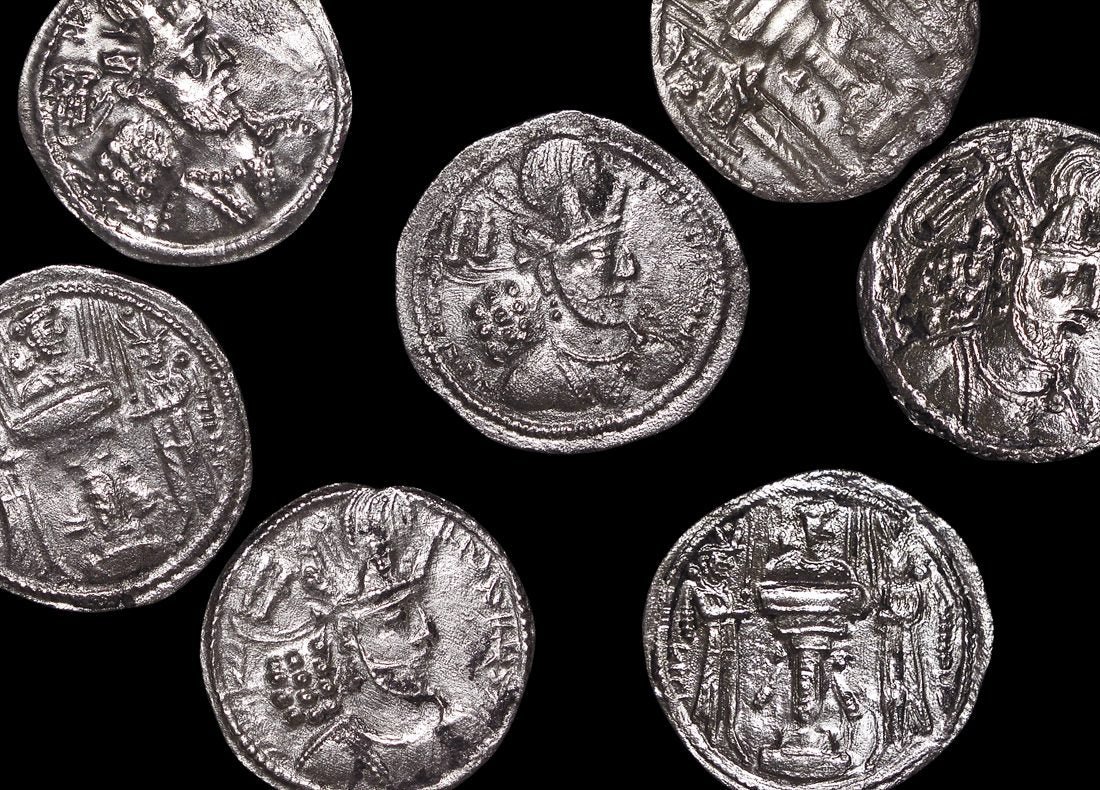 Image 1 of 1
Image 1 of 1


Early Islamic Umayyad Bronze Fals (about 1,335-1,325 years ago)
This bronze fals was issued during the early Umayyad Caliphate (the first Islamic dynasty) around 680-690 CE/AH 60-70. Minted in formerly Byzantine territories (present-day Syria, Jordan, Palestine, or Egypt), these transitional coins represent the earliest phase of Islamic coinage before the monetary reforms of Caliph Abd al-Malik.
Coin Description:
Front side: Maintains the basic Byzantine coin design, often showing a standing caliph figure adapted from Byzantine imperial imagery, but with Islamic modifications. Christian symbols like crosses were removed or modified to comply with Islamic prohibitions against representational imagery.
Back side: Typically features a large "M" (inherited from Byzantine denominations) with Arabic inscriptions replacing Greek. Some examples include the Islamic declaration of faith (shahada) or other early Islamic phrases in Kufic script.
Technical Details:
Material: Bronze
Denomination: Fals (adapted from the Byzantine follis, a basic bronze unit)
Minting date/period: c. 680-690 CE/AH 60-70 (approximately 1,335-1,325 years ago)
Condition: Varies by specimen
Historical Significance:
This remarkable coin dates from just 50-60 years after Prophet Muhammad's death, representing the rapid Islamic expansion beyond Arabia into formerly Byzantine territories. These transitional coins reveal how the Umayyad Caliphate initially maintained existing Byzantine monetary systems while gradually removing Christian imagery. They document a critical period before Abd al-Malik's monetary reform in AH 77 (696 CE), which established a distinctly Islamic coinage system with purely Arabic inscriptions and eliminated all figurative designs, creating the standardized Islamic coinage that would influence currency across the medieval world.
This bronze fals was issued during the early Umayyad Caliphate (the first Islamic dynasty) around 680-690 CE/AH 60-70. Minted in formerly Byzantine territories (present-day Syria, Jordan, Palestine, or Egypt), these transitional coins represent the earliest phase of Islamic coinage before the monetary reforms of Caliph Abd al-Malik.
Coin Description:
Front side: Maintains the basic Byzantine coin design, often showing a standing caliph figure adapted from Byzantine imperial imagery, but with Islamic modifications. Christian symbols like crosses were removed or modified to comply with Islamic prohibitions against representational imagery.
Back side: Typically features a large "M" (inherited from Byzantine denominations) with Arabic inscriptions replacing Greek. Some examples include the Islamic declaration of faith (shahada) or other early Islamic phrases in Kufic script.
Technical Details:
Material: Bronze
Denomination: Fals (adapted from the Byzantine follis, a basic bronze unit)
Minting date/period: c. 680-690 CE/AH 60-70 (approximately 1,335-1,325 years ago)
Condition: Varies by specimen
Historical Significance:
This remarkable coin dates from just 50-60 years after Prophet Muhammad's death, representing the rapid Islamic expansion beyond Arabia into formerly Byzantine territories. These transitional coins reveal how the Umayyad Caliphate initially maintained existing Byzantine monetary systems while gradually removing Christian imagery. They document a critical period before Abd al-Malik's monetary reform in AH 77 (696 CE), which established a distinctly Islamic coinage system with purely Arabic inscriptions and eliminated all figurative designs, creating the standardized Islamic coinage that would influence currency across the medieval world.











